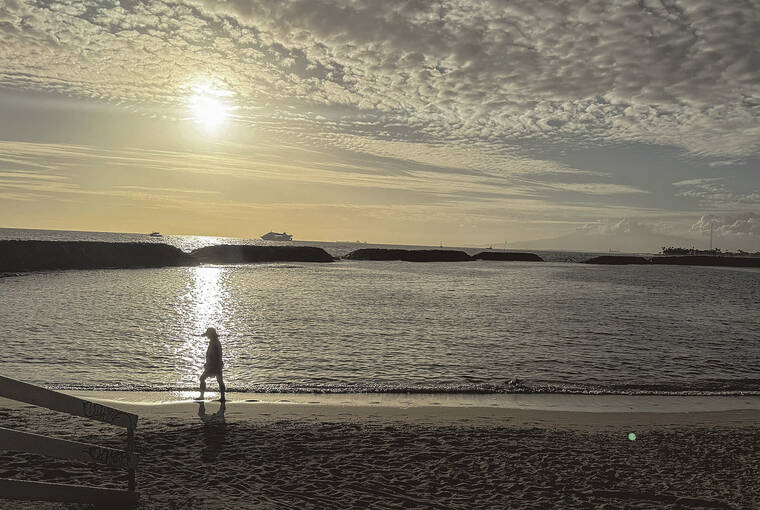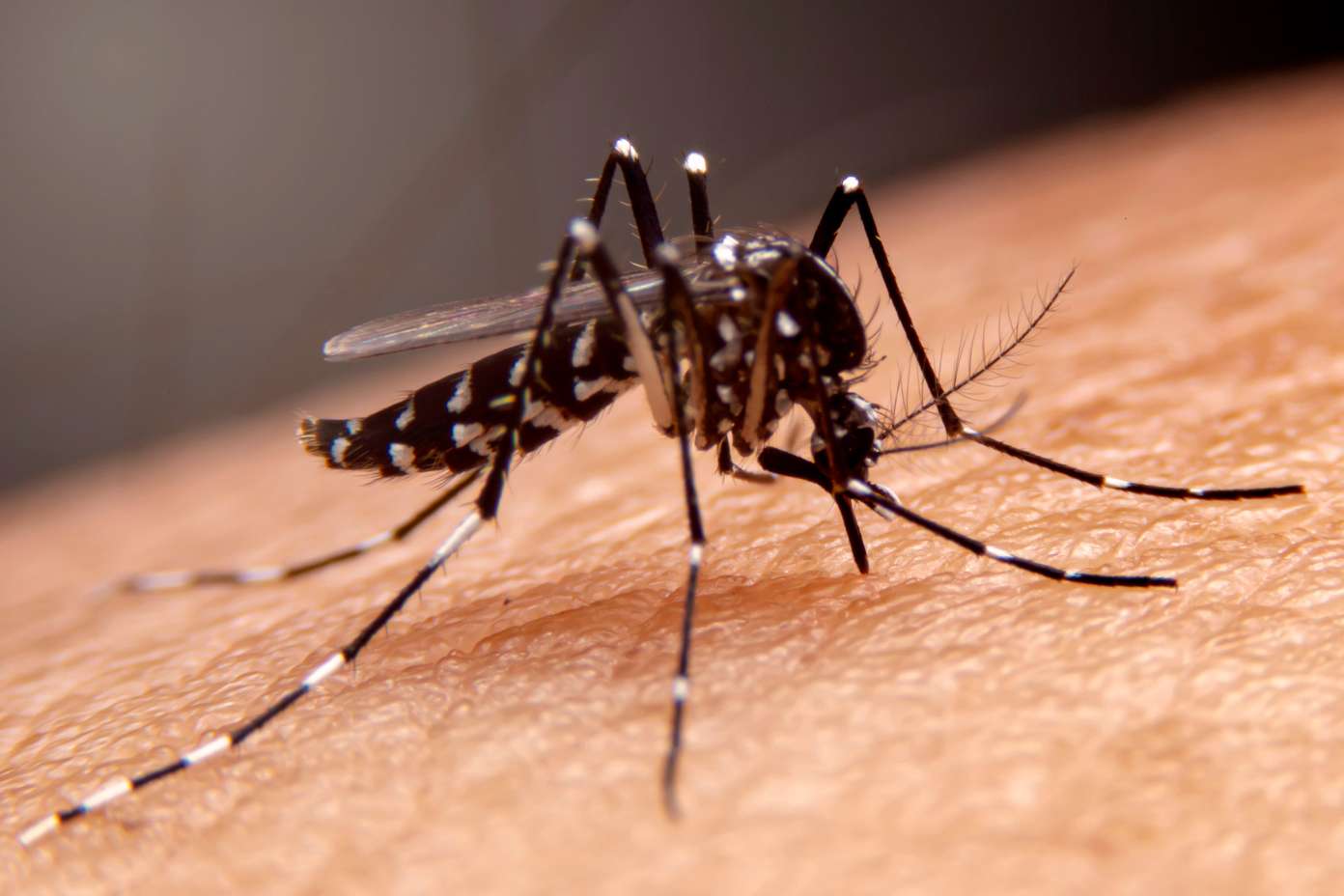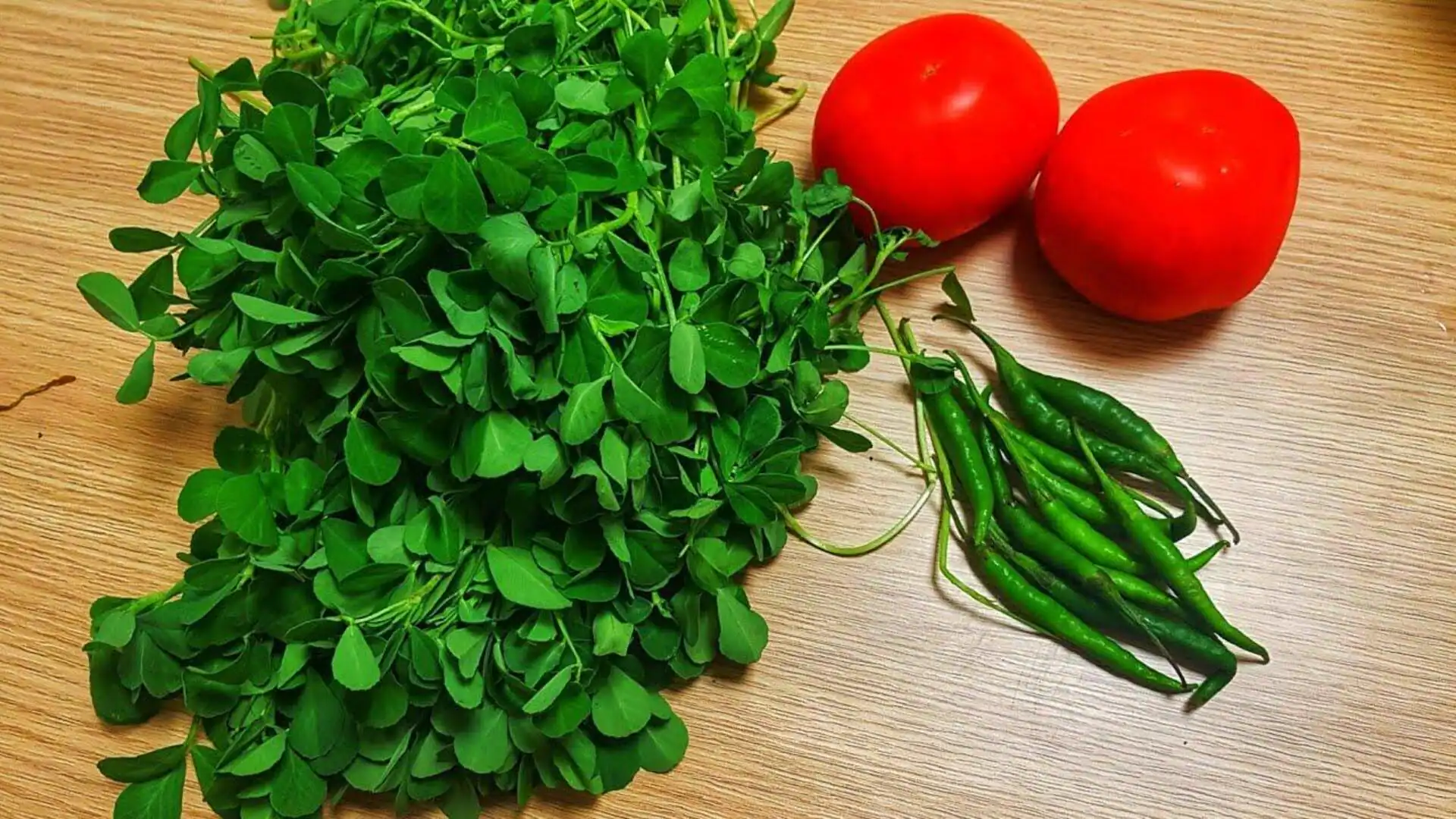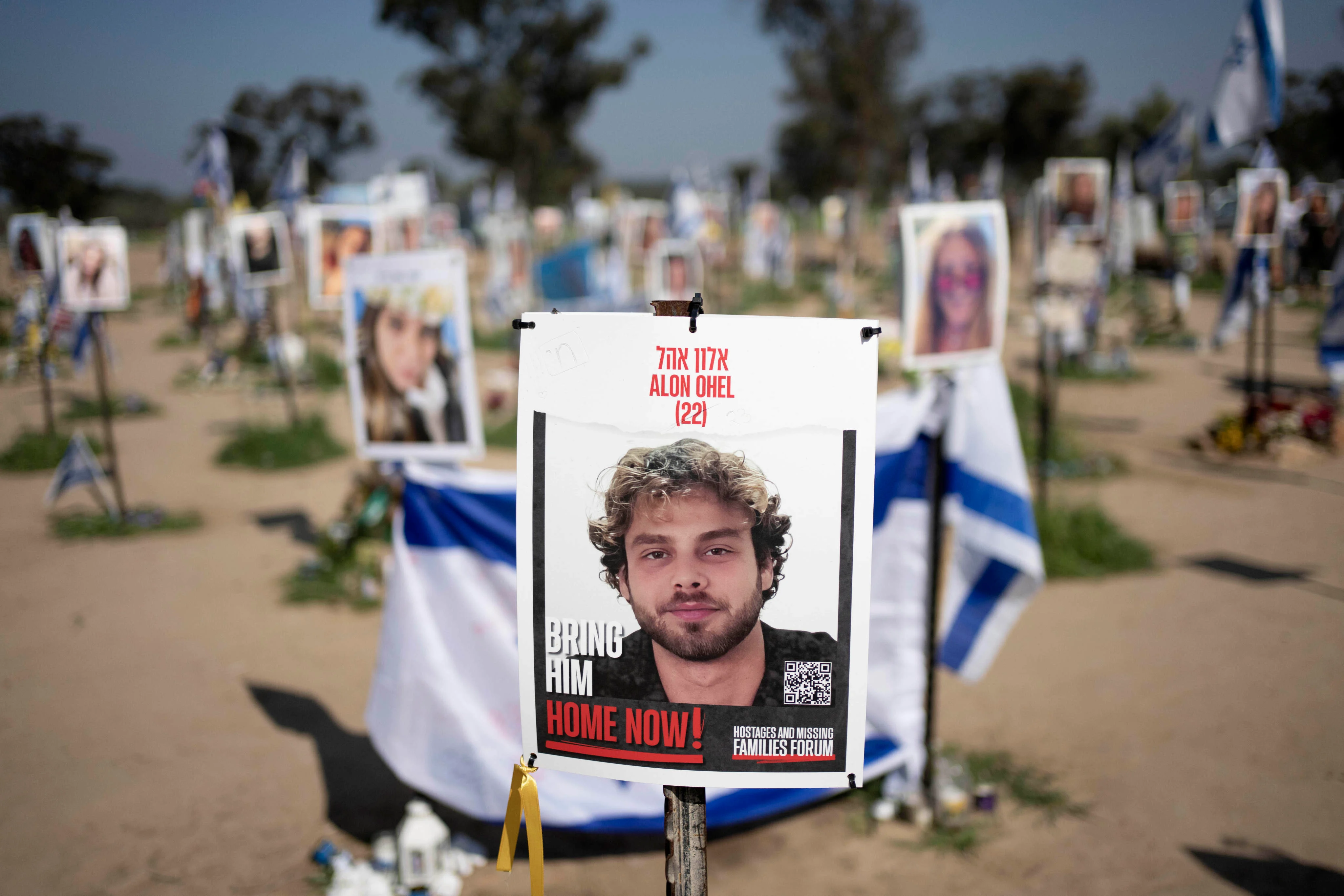By Victoria Budiono
Copyright staradvertiser

As Hawaii observes National Suicide Prevention Awareness Month, health leaders and community advocates are calling attention to troubling new data showing suicide remains one of the state’s most persistent public health crises, with Native Hawaiian and Pacific Islander youth disproportionately affected.
According to the state Department of Health, an average of 211 residents died by suicide each year between 2019 and 2023, making it a leading cause of injury-related deaths across the islands. That figure surpassed annual fatalities from traffic crashes, drownings and homicides combined.
In 2022 alone, an estimated 246 residents died by suicide, a rate of 16.6 per 100,000 — 13% higher than the national average.
The toll falls unevenly across populations.
Between 2018 and 2022, NHPI adolescents in Hawaii had a suicide mortality rate of 57.1 per 100,000, compared with the statewide youth average of 6.8 per 100,000, according to the Suicide Prevention Resource Center.
Suicide was the leading cause of death among NHPI residents ages 15 to 24 in 2019. Nationally, NHPI teens also report higher rates of suicide-related behaviors, including planning and attempts, compared with peers across the U.S.
Experts say the disparities stem from multiple factors.
The federal Office of Minority Health notes NHPI individuals are 70% less likely than non-Hispanic whites to receive mental health treatment. Cultural stigma, economic hardship, discrimination and challenges related to identity further compound risks.
“Suicide being the leading cause of death for ages 15 to 29 is pretty startling,” said Gary Norman, who runs Child & Family Service’s ‘Ohana Resiliency Center, which provides mental health services statewide.
“We want to check on people who are consistently isolated. There might be this belief that there is no help available, or they’re not aware of what is available to them. Trauma can manifest in different ways and become self-destructive if people feel there’s no way out.”
DOH data also show that men overall account for more than 76% of suicide deaths, with those ages 30 to 59 most at risk. Autopsy records indicate at least two-thirds of victims had a history of mental illness, yet only about one-third were in treatment at the time of their death.
Treatment rates also varied widely, with neighbor island residents more likely to be in care than those on Oahu.
Nonfatal suicide attempts place a significant burden on the health care system. Hospitals treat an average of 912 self-inflicted injury cases each year, and the Hawaii Poison Center receives more than 860 calls annually about intentional overdoses.
The majority of attempts are made by women, with nearly two-thirds involving drug overdoses. Young women ages 15 to 19 are at highest risk of nonfatal attempts.
DOH emphasized that the state follows the Comprehensive Approach to Suicide Prevention and the 2024 National Strategy for Suicide Prevention. Officials stressed that suicide is a complex public health issue requiring coordinated efforts from diverse partners; no single agency, program or crisis line can address it alone.
“It requires everyone to care, connect and collaborate,” the agency stated in an email to the Honolulu Star-Advertiser. “Hawaii is fortunate to have very dedicated suicide prevention champions across community organizations, local and military task forces, and state agencies, but they cannot do it alone.”
Reducing the stigma surrounding suicide remains a critical challenge.
The American Association of Suicidology found in 2018 that for every suicide, 135 people are directly affected.
“We are all impacted by suicide,” DOH officials said, noting it is the second- leading cause of fatal injuries in the state yet continues to carry a stigma for the families left to deal with such tragedies. “We can all do better to support our loved ones, and that is a gap of suicide prevention that everyone can be a part of.”
Calls to the 988 Suicide and Crisis Lifeline are steadily rising in Hawaii. Since its launch in April 2022, there have been 65,734 calls statewide. In 2025 alone, the lifeline received 15,607 calls, up from 11,005 in 2022.
DOH also pointed to groups at highest risk — adults ages 30 to 59 for suicide deaths and youths ages 15 to 19 for suicide attempts. Rural residents with limited access to care and individuals with untreated mental illness face elevated risks as well.
The Hawaii Injury Prevention Plan recommends expanding access to health and substance use treatment services, providing more training and addressing gaps in care.
The crisis has spurred wide-ranging prevention efforts.
The ‘Ohana Resiliency Center reported 447 individuals participated in Applied Suicide Intervention Skills Training last year, certifying 15 new trainers, and offering SafeTalk sessions for 850 participants in partnership with groups such as the U.S. Navy Chaplains Office and the Department of Education’s Project HI-AWARE.
Mental health first-aid training reached another 98 adults and 11 youth, with plans to expand to neighbor islands.
Throughout September, state agencies, schools, the military and nonprofits are hosting events across the islands to raise awareness, reduce the stigma and expand access to services.
FINDING HELP
>> Call or text 988 to reach Hawai‘i CARES 988’s free and anonymous 24/7 crisis, mental health and substance use call center. For more information, visit hicares.hawaii.gov.
>> Call the Hawaii Poison Center at 800-222-1222 to get help for poisoning emergencies. For more information, visit hipoisoncenter.org.
>> The American Foundation for Suicide Prevention Hawaii Chapter brings people together from all backgrounds to prevent suicide and bring hope to those affected by suicide. To learn more, visit afsp.org/chapter/hawaii.
>> For local suicide prevention data and resources and to learn more about suicide prevention and participate in free, anonymous online suicide prevention training, visit the Department of Health’s Emergency Medical Services & Injury Prevention System Branch website at health.hawaii.gov/ emsipsb/injury-prevention



